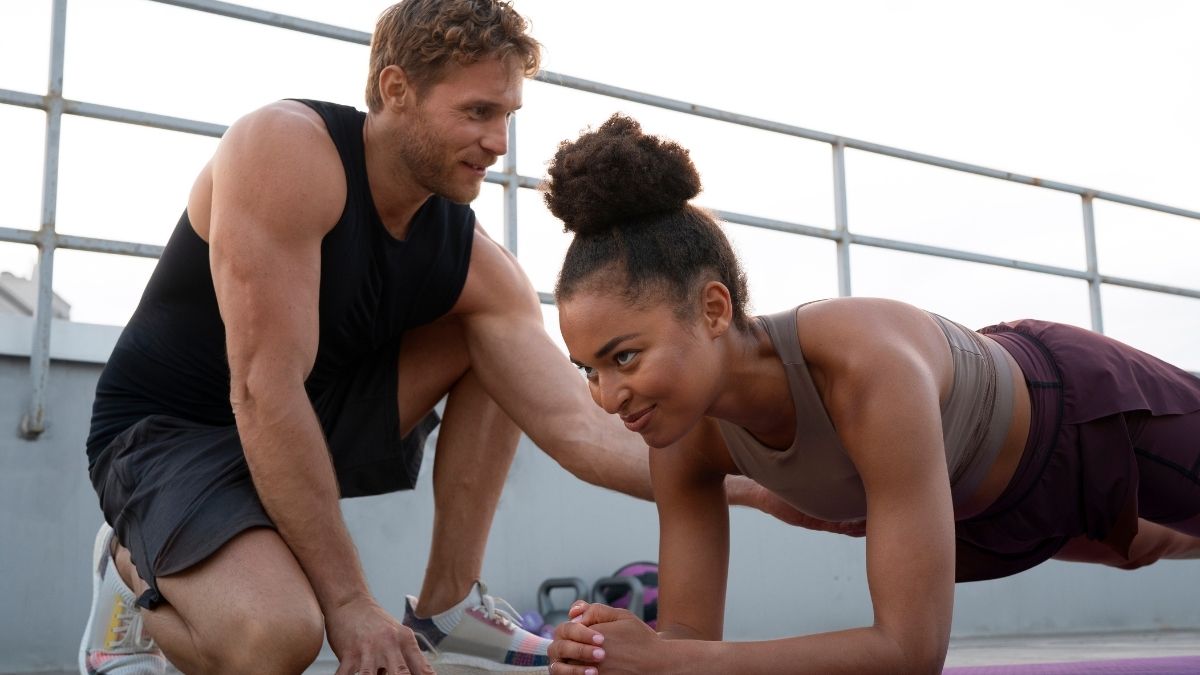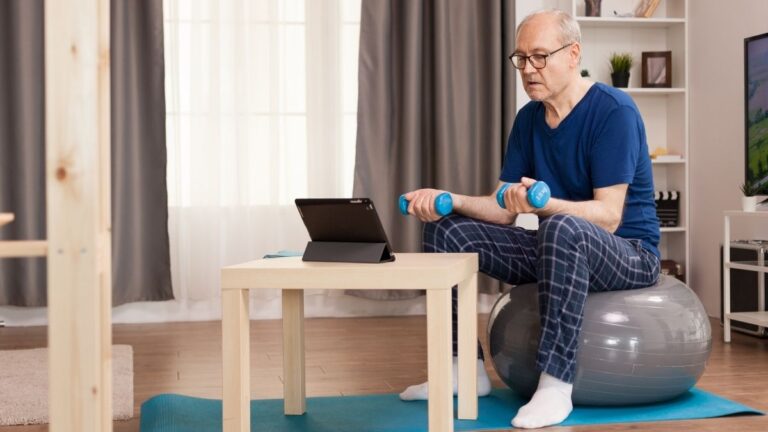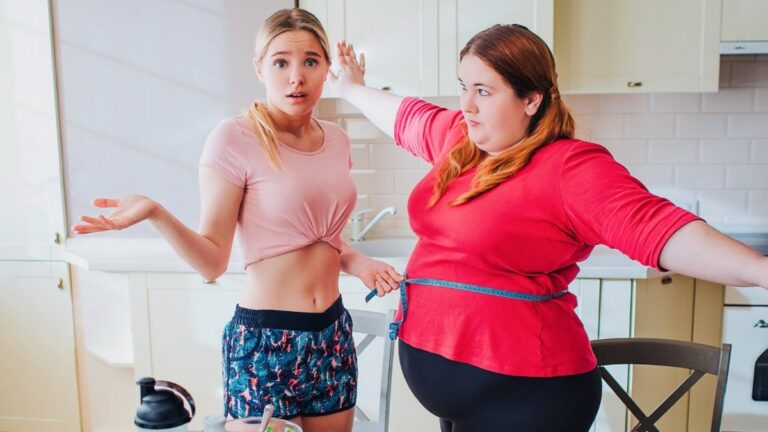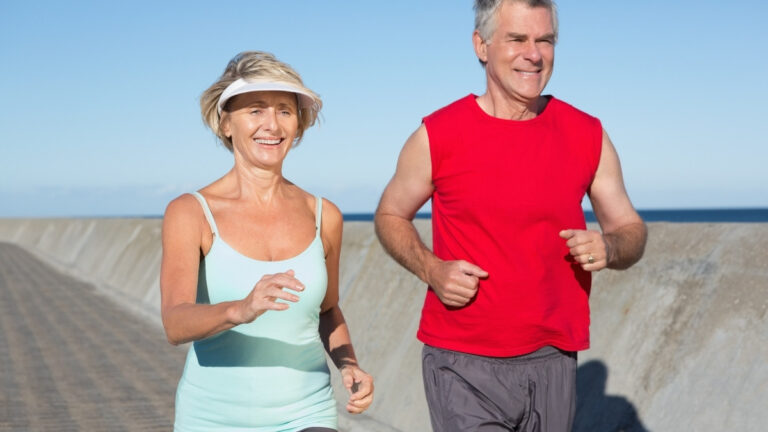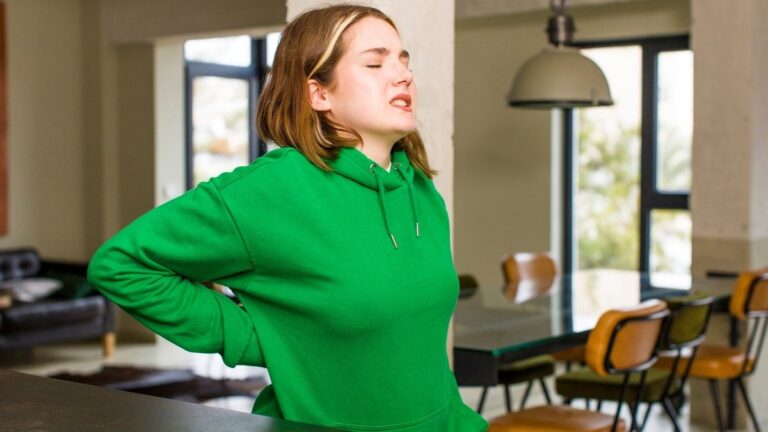No Time? No Problem! 7 Senior-Friendly Exercises for a Stronger, Healthier You in Just 30 Minutes
Struggling to stay active with a busy schedule? It’s tough to find time for fitness when life keeps piling up. But staying strong and independent doesn’t have to take hours at the gym.
In just 30 minutes, you can work your entire body with simple, expert-backed exercises tailored for seniors. No fancy equipment or extra effort needed—just a commitment to yourself and your health.
Ready to boost your strength, flexibility, and energy? Let’s get started with these 7 powerful moves that fit seamlessly into your day. It’s time to take control of your health—quickly and effectively.
1. Cossack Squat
The Cossack squat is a dynamic movement that targets the inner thighs, hips, and legs.
By shifting your weight to one side and squatting deeply, you enhance flexibility and strength in the lower body.
This movement is beneficial for seniors who want to improve mobility and stability. It helps increase the range of motion in your hips and legs while building strength.
Tips:
- Focus on controlled movements.
- Keep your chest up and back straight.
- Start with shallow squats before gradually going deeper.
- Use a sturdy support for added stability.
2. Squat Jack
Squat jacks combine the squat with a jumping jack motion, creating a fun and energizing workout.
This exercise not only strengthens the legs but also raises the heart rate, offering a cardiovascular benefit.
Seniors can modify this by removing the jump and simply stepping out one leg at a time, making the movement low-impact.
Tips:
- Keep your knees aligned with your toes to prevent strain.
- Use slow, deliberate movements if jumping is too intense.
- Focus on deep squats for maximum leg engagement.
- Take breaks if you feel dizzy or out of breath.
3. Lunge to Shoulder Tap
This exercise combines a lunge with a shoulder tap, adding a stability challenge to a basic lower body move.
Lunging works your thighs and glutes, while the shoulder tap tests balance and coordination.
For seniors, modify the depth of the lunge to maintain control. A gentle tap with one hand to the opposite shoulder ensures that your core engages, adding more strength training to the movement.
Tips:
- Step out with a wide stance to protect your knees.
- Engage your core throughout the movement.
- Use a chair or wall for balance if needed.
- Keep your shoulders relaxed and avoid leaning forward.
4. Suitcase Squat
The suitcase squat mimics the motion of carrying groceries or heavy bags, helping to strengthen the legs, core, and upper body.
Holding a weight on one side of your body as you squat forces your core to work harder to maintain balance.
For seniors, start with light weights or no weight at all, focusing on the proper squat form. This exercise improves functional strength and enhances posture, making daily activities easier to perform.
Tips:
- Use a light weight or household item, like a water bottle, to start.
- Focus on bending at the hips and knees, not your back.
- Keep your torso upright and engage your core.
- Perform the exercise slowly to maintain control.
5. Bent Over Lateral Raise to Delt Raise
This combination exercise targets the shoulders and upper back, improving posture and strength in the arms.
The bent-over position engages the back muscles, while the delt raise works the shoulders.
Seniors can perform this exercise without weights or with light dumbbells. Be sure to maintain a neutral spine during the bent-over portion and avoid arching your back to prevent strain.
Tips:
- Keep your shoulders relaxed and avoid shrugging.
- Perform the movement slowly to focus on muscle engagement.
- Do not overextend the arms; stop at shoulder height.
- If needed, use a chair for support during the bent-over position.
6. Leg Raise
Leg raises strengthen the lower abdomen and hip flexors, which are key muscles for mobility.
Lying on your back, slowly raise one leg at a time, focusing on keeping your lower back pressed against the floor.
Seniors should perform this exercise at a controlled pace, avoiding any jerking movements. Over time, this exercise improves core strength, which is crucial for maintaining balance and preventing falls.
Tips:
- Keep your hands under your hips for support.
- Do not raise the leg too high to avoid straining your lower back.
- Breathe steadily throughout the movement.
- Perform this exercise on a soft mat for extra comfort.
7. Russian Twist
The Russian twist is an effective way to work your core, especially the oblique muscles.
Sitting with your feet slightly elevated, twist your torso from side to side, either with or without a weight.
Seniors can modify the exercise by keeping their feet on the floor or reducing the range of motion if needed. This exercise strengthens the core and improves rotational mobility, both of which help with activities that require bending or twisting.
Tips:
- Keep your back straight throughout the twist.
- Engage your core to protect your lower back.
- Start slowly, and increase the range of motion as you build strength.
- Use a light object for added resistance if desired.
Final Thoughts:
Incorporating these exercises into your routine can significantly improve strength, balance, and mobility.
Regular practice helps to maintain independence and can make daily tasks feel easier.
It’s important to listen to your body, taking rest days when necessary, and gradually increasing the intensity.
Time Schedule for Seniors:
- Frequency: 3 to 4 days per week.
- Warm-Up: 5-10 minutes of light walking or gentle stretching.
- Exercise Routine: 3 sets of 8-12 reps for each exercise, depending on comfort and ability.
- Cool-Down: 5-10 minutes of stretching or walking.
- Rest: Ensure 1-2 days of rest between workouts for recovery


